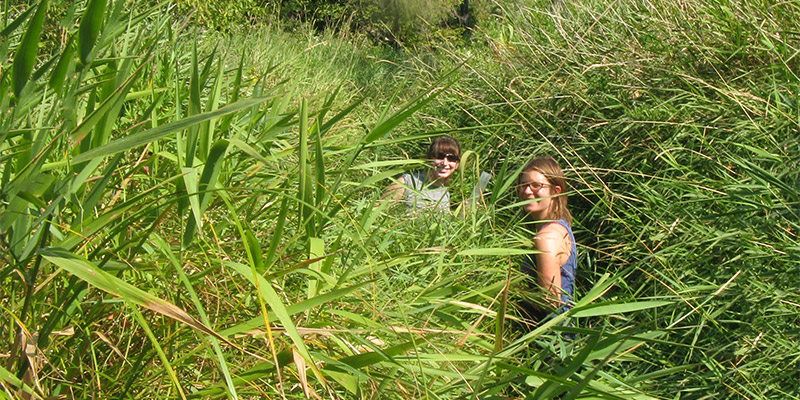Monitoring and Assessment of Beneficial Management Practices: Insights from the Tobacco Creek Watershed
Howard Wheater, Professor and Canada Excellence Research Chair, University of Saskatchewan; Director, Global Water Furtures (2012-2014)

Challenge
The risks of flooding and high nutrient runoff remain critical challenges in many regions of the prairies. Although nutrient concentrations are naturally high in much of this region, agricultural activity has led to increases in nutrient export and to concerns regarding eutrophication.
In the Lake Winnipeg Basin, nutrient pollution is a key management challenge. Problems of excess nutrients are not easily resolved, particularly where non-point source inputs are significant. Mitigating the effects of agriculture on aquatic ecosystems can be achieved through a variety of management strategies and structures often called Beneficial Management Practices (BMPs). Despite the widespread use of BMPs, relatively little information on their impacts exists. The existing data suggests that landscape characteristics and climate are critical determinants of BMP success. These characteristics, combined with economic realities and local priorities, must be integrated into our understanding of BMP application and reflected in associated monitoring strategies.
The goal of this project, led by Dr. Howard Wheater, was to design an environmental monitoring network for the Tobacco Creek watershed and present a conceptual model that is transferrable to other parts of the Red River Valley. The design of a monitoring program for the assessment of BMPs requires a strong quantitative understanding of expected responses and a monitoring network capable of detecting these responses at the appropriate spatial and temporal scale.
Project
Researchers assessed existing data from the Tobacco Creek catchment and worked to better understand drivers of spatial and temporal variation in water and nutrient fluxes, as well as the accuracy of current nutrient budgets. Monitoring objectives and BMPs of interest were discussed with the Tobacco Creek Node to help focus on specific monitoring goals. The team then used available data model-based assessment to develop a sampling strategy that will detect anticipated BMP outcomes and fill in gaps in information.
The team sampled to fill in key data gaps and examine functional indicators, including sediment phosphorus, de-nitrification rates and ecosystem metabolism. These indicators were assessed for their utility in characterizing environmental stressors (e.g., nutrients), quantifying effectiveness of specific BMPs and the ability to inform water quality model parameterization.
The team improved models for application to Tobacco Creek, designed a monitoring program to detect the multi-scale effects of BMPs and used model-based numerical experimentation to ensure the monitoring network is capable of detecting BMP impacts. The team assessed functional indicators to improve the understanding of ecological function and sediment nutrient retention, and evaluated new sensor-based technology. In the final step, the team generalizeed the findings to facilitate broader application across the Red River Valley, assessing the strengths of model and indicator performance in the Tobacco Creek watershed, and informing monitoring program design across larger landscapes.
Outputs
- Development of models and a monitoring program that will influence monitoring within the Tobacco Creek Model Watershed and beyond into the Red River Valley
- Contribution to the Canadian Council of Academies’ report, Water and Agriculture in Canada: Towards Sustainable Management of Water Resources
- Meetings with he Tobacco Creek Model Watershed and landowners to report and discuss research findings
Outcomes
- Identified which BMPs are most effective, which may ultimately influence the choices landowners make about BMPs to install on their property and lead to improved water quality
- Changes in practice due to the development and use of the models and monitoring program
- Potential changes in policy as a result of the Canadian Council of Academies report





